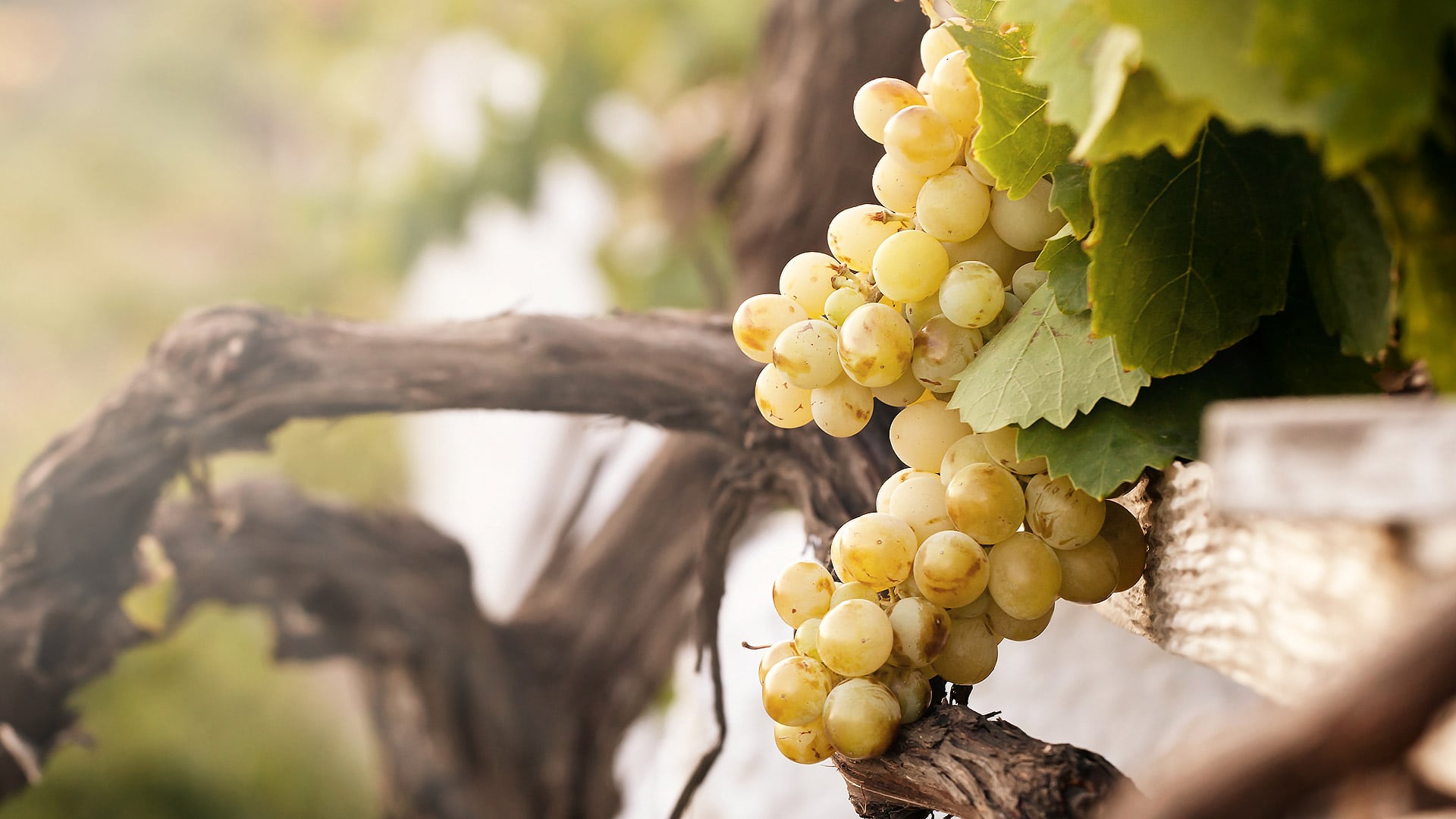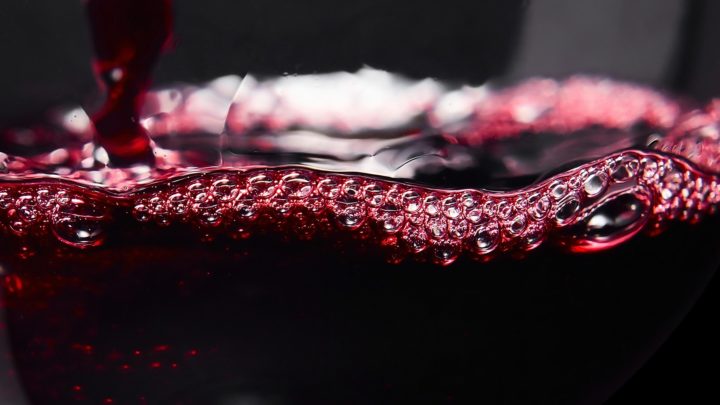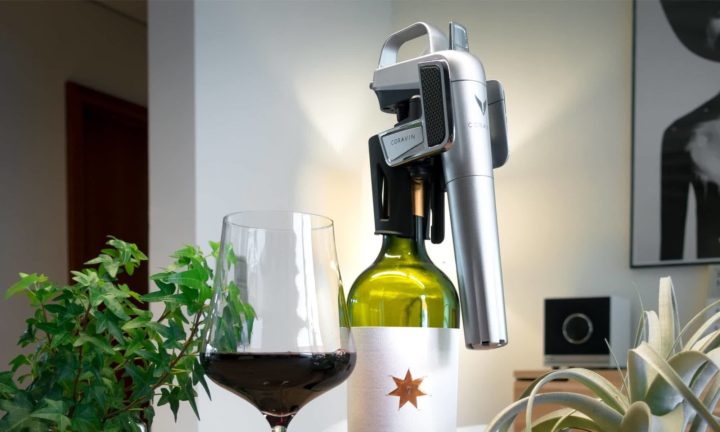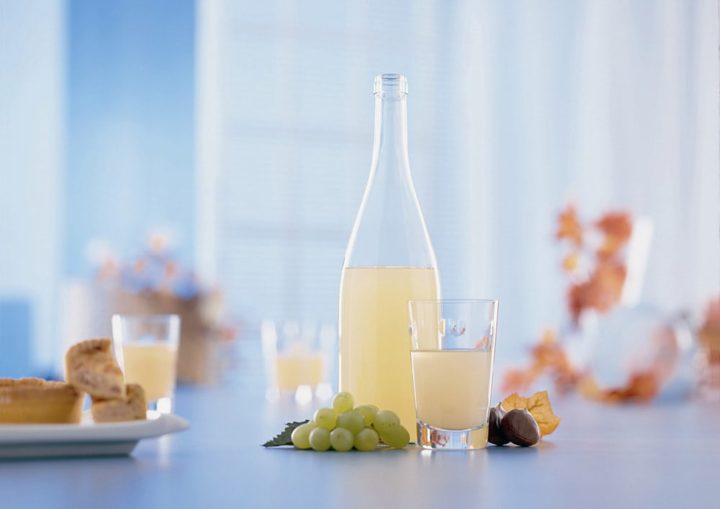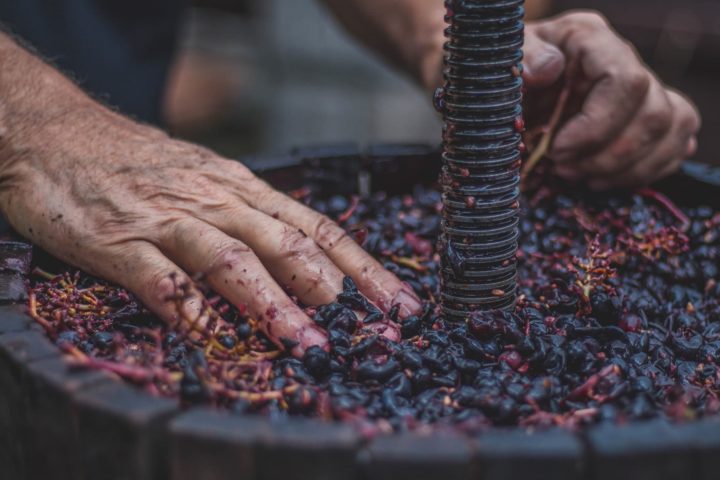Passionate wine lovers can spend hours and days discussing wine. No wonder – wine is a cultural asset and has been a part of human history for 8000 years. Those who know wine today are considered professionally successful, intelligent and sophisticated. These characteristics alone intimidate many a newcomer to the wine world – but stop!
Of course, you can make a science out of wine and talk for hours about its nuances – but you don’t have to. Wine is a stimulant and – thanks to its alcohol content – an intoxicant. Wine puts you in a good mood and that’s what matters. But so that you can still have your say, you will find some facts in this article with which you can shine at any party. Let’s go!
Few wines get better with age
One myth that persists is that wine gets better the longer it sits in the cellar. This fact applies to a fraction of the wines. Mainly responsible for the aging potential of a wine are its ingredients. Alcohol, tannins and sugar. The tannins serve as a natural oxidation protector, as they readily combine with oxygen and protect more sensitive wine ingredients from oxidation. In the process, they form longer and longer molecular chains, which leads to a more pleasant mouthfeel. Wines with high tannin content need this time to become enjoyable at all. Some wines need between 10 and 20 years to harmoniously integrate their tannins.
Since there is usually no tannin in white wines and the alcohol content is comparatively low, the sugar content determines the wine’s aging potential. Noble sweet Trockenbeerenauslesen can even ripen for several centuries without spoiling.
What is meant by a cuvée
In a cuvée, the winemaker blends different base wines (grape varieties, vintages or sites) to compose a wine that is all his own. The blending is considered a true art and is not to be understood as leftover recycling. For example, almost all champagnes are made a cuvée of the grape varieties Chardonnay, Pinot Noir and Pinot Meunier. Even the most famous red wine in the world, Château Pétrus, is a blend of Merlot and Cabernet Franc in most vintages.
More expensive wine is not automatically better
Quality costs, even with wine. But more expensive does not always mean better. Price does not directly indicate the quality of a product. The cost of a bottle of wine is influenced by countless factors. The reputation of the winery and the harvesting process are just two of them.
A well-known winery can charge a much higher price for an average wine than an unknown vintner can for his Great Growths.
You can get a solid basic wine for about 5,00 € a bottle. Anything less is Russian roulette for the taste buds.
Use the right glass
The old guard still has it, the glass cabinet with countless glasses. Some glass manufacturers offer the right wine glass for each grape variety. This chaos of glasses does not have to be and is now considered outdated. Today, many wine drinkers use a so-called universal glass, such as the Gabriel glass or the Zalto Universal. A bulbous Burgundy glass is only used for special wines. You can do this, but you don’t have to. The difference between a universal glass and a Burgundy glass cannot be “sniffed out” by wine novices anyway. Therefore, a clear buy recommendation for the aforementioned universal glasses.
How to store wine properly
Storing wine properly is not as hard as you think and rarely requires a wine refrigerator. If you only have a few bottles at home for 1-2 years, you can do without the expensive purchase of a climate control cabinet, provided that you observe the following basics. Store the wine in a dark place and in any case do not expose it to direct sunlight. For wines with screw caps, it does not matter whether they are standing or lying down. Bottles with plastic and press corks should be drunk quickly, as plasticizers and solvents can be transferred to the wine.
For wines with cork stoppers, ensure a stable ambient temperature. If the fluctuations are too great, the pressure in the bottle will change. The result: oxygen is drawn into the bottle and the wine oxidizes. Excess pressure (bottle is warmer than the ambient temperature) pushes the cork and the liquid out. The wine runs out.
If you want to know more about storing wine, I recommend you read the article ” Storing wine properly: These factors are important.
The quantity-quality law – fewer grapes for better quality
The number of grapes hanging on a vine affects the quality of the later wine. This principle is called the quantity-quality law. A vine can only absorb a certain amount of energy per day and put it into the ripening of their fruit. The more grapes hanging on one vine, the longer it takes to ripen. In the worst case, the vine does not manage to muster the necessary energy to ripen the fruit. Wines from such grapes are low in extract, acidic and generally of low quality. Some top winemakers leave only one fruit hanging on the vine. Into this flow all the nutrients and all the energy that the plant puts. The result: fully ripe berries with high nutrient content – the perfect basis for top wines.
Red wine is usually drunk too warm
Red wines are served at room temperature, right? Wrong! Okay, not entirely wrong, but absolutely outdated, because “room temperature” refers to the average temperature of a living room in the 19th century – which was about 18 °C. Unfortunately, this mnemonic remains stubbornly true to this day. Even in gastronomy, it is not uncommon to pour a red wine at 25 °C in the glass in summer.
The heavier a red wine, the warmer and the lighter it is, the cooler it is served. The perfect drinking temperature for red wines is between 14 °C and 18 °C. Only extremely heavy representatives can also tolerate drinking temperatures of around 20 °C.
Learn more about the right drinking temperature for wine now.
The oldest wine in the world
The bottle in the Historical Museum of the Palatinate in Speyer is over 2300 years old. The glass bottle, recovered during excavations in 1867, contains the world’s oldest surviving grape wine. However, according to analyses, the liquid is not only wine. The bottle is sealed with a hot wax seal and the grape juice has been preserved with large quantities of olive oil. According to the testimony of Monika Christmann (enology professor), the wine is still drinkable. However, one should not hope for a real treat for the palate.
The oldest wine still drinkable is the 1540 Würzburger Stein, which is stored in the Bürgerspital winery. In 1961, the penultimate bottle of the wine was opened and tasted in a select circle. Also present was renowned wine critic Hugh Johnson, who described the wine as vibrant. The last bottle of the wine can still be viewed at the Bürgerspital – but only on rare occasions.
Calmont – The (perhaps) steepest vineyard in the world
The Moselle is one of the most famous wine-growing regions in Germany. The unique style of wines produced here have made German Riesling famous in the world.
In the midst of this idyllic landscape stands the Calmont. It extends to an altitude of almost 400 meters and is home to one of the steepest single vineyards in the world – the Bremmer Calmont.
Some sources speak of a dizzying slope of up to 70 degrees, which would make it the steepest vineyard on earth. The officially reported slope is slightly less. However, at 65°, it is still number one in Europe. The grape harvest in the steep slope is exhausting, life-threatening and manual labor. The only work relief is provided by isolated monorack conveyors, but these are not available everywhere.
Medals and points: Not always an indication of quality
You often see them, especially in supermarkets: wine bottles littered with awards, medals and points. Points and wine critics are the point of reference par excellence for many consumers and have a sales-promoting effect. In some cases, countless wines are awarded the same gold medal. Such awards are not a real sign of quality. Their only advantage is in maximizing the profit of the retailers. Of course, this statement does not apply to all wine ratings.
